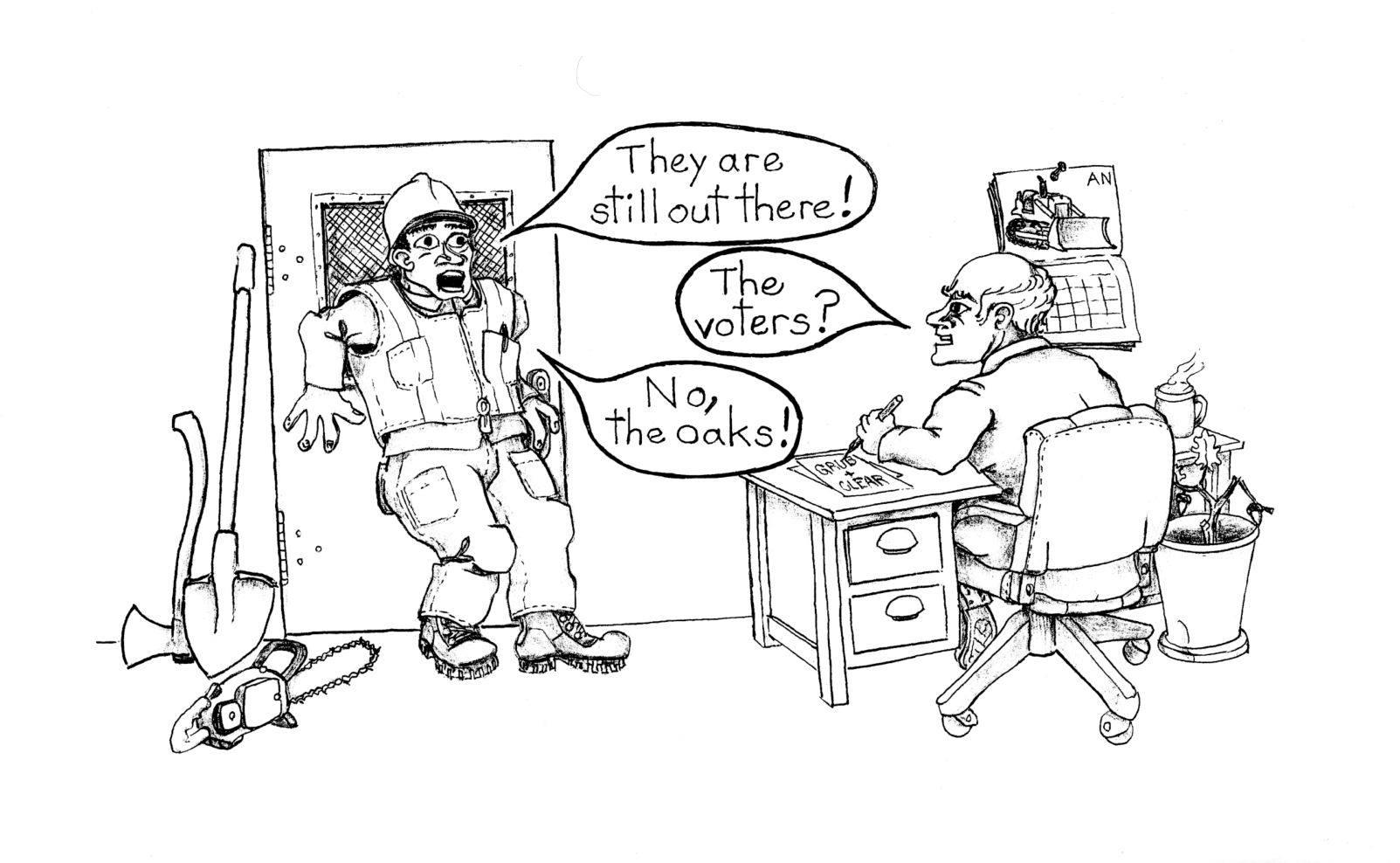Napa County is in many ways a model in its strong protections of agricultural lands. But for our region to continue to serve as a national example in sustainable agriculture, we must extend those protections to the source of the shared resource that makes wine grape-growing possible: A clean and reliable water supply.
Fifty years ago, Napa County established an Agricultural Preserve designed to protect farming as a viable way of life. This farseeing community-supported effort anticipated growth-related pressures from the Bay Area during a time when Silicon Valley still grew apples.
But if we want to protect agriculture, including grape-growing and winemaking, for the next 50 years and beyond, we must take steps to protect our watershed against deforestation. That’s why the Watershed and Oak Woodlands Protection Initiative that will go before voters in June is so important.
This initiative adopts new policies and zoning requirements for the Agricultural Watershed zoning district to establish buffer zones along streams and wetlands and strengthen existing County General Plan oak woodland remediation requirements. It would also establish a 795-acre limit on additional oak woodland clearing after which a permit would be required for further oak tree removal.
These changes to local codes are essential if we hope to protect our oak woodlands. Napa County’s Voluntary Oak Woodland Management Plan is toothless in preventing continued losses. Times have changed along with our climate. Napa County simply can’t afford to deforest our hillsides if we want to protect local water supplies.
Even if voters approve the initiative, tens of thousands of acres would remain available for new vineyard development in the county. This initiative does not stop any current farming, nor does it stop any development that is already in progress. It would not prevent any replanting of existing vineyards or crops, or the construction of any new agricultural buildings or structures that are otherwise permitted under county law.
All of us in Napa are keenly aware that our region is prone to both drought and fire. By protecting our watershed, including the small forested feeder creeks and streams that replenish our groundwater and flow into our reservoirs and the Napa River, we both improve our water security and reduce our fire risk by supporting healthy oak woodlands. Stressed woodlands are vulnerable to wildfire; healthy woodlands are better able to resist fire and to recover in the aftermath, as they’re designed to do by nature.
A growing number of life-long growers and vintners are coming forward in support of this initiative. They recognize that elected officials come and go, and the only way to truly protect our water supply from over-development is for the voters to protect it – just as they did when voting to adopt Measures J and P to protect the Ag Preserve.
Legendary Napa County resident and winemaker Warren Winiarski, who was a leader in the effort to establish the Agricultural Preserve, has posed an eloquent question: “The simple question our voters need to answer for themselves is whether the Napa Valley will be better off with the initiative, or not.”
From my perspective, the answer is a simple 'yes.' 'Yes' to protecting our scenic hillsides from over-development. 'Yes' to protecting our water supplies. 'Yes' to encoding these protections in local ordinances to ensure they remain in place for generations to come, regardless of how the political winds blow and who sits on the Napa County Board of Supervisors.
Jim Wilson, proponent
Napa County Watershed and Oak Woodlands Protection Initiative



